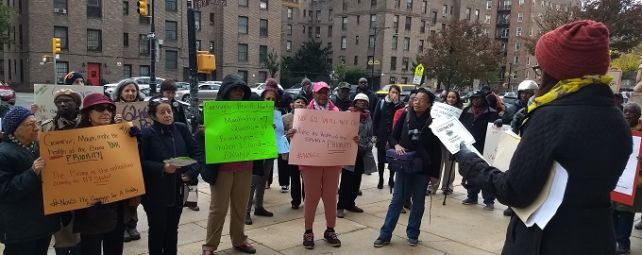Coronavirus has pulled the rug out from under the world’s feet. Globally, there are 8,000,000 cases of it and America contains more than a fourth of those cases. Within that, New York City has 215,400 cases. But of the five boroughs in the city, the Bronx has been the hardest hit. It is utterly tragic that the Bronx is so affected by the virus. However, this fact is only the tip of the iceberg in the major public health disparity the Bronx faces.

Covid Cases per Capita in NYC. The darker colors represent higher concentrations of cases per capita (The New York Times)
In 2019, the Bronx had been ranked the 62nd unhealthiest county in the entire state of New York for the ninth year in a row. This was measured on a variety of aspects, such as health outcomes, socioeconomic factors, and physical environment. Yet comparatively, for example, Manhattan (which is just a river south of the Bronx) ranked at number 6.
The Bronx’s health rank is not by any means caused by the people who live within the area, but rather factors caused by systemic inequality that have led up to the problem. A major contributor is that much of the borough lies within food deserts, an area in which healthy food options are out of reach due to the absence of grocery stores within a convenient travel range. As a result, the people of the Bronx tend to turn to less healthy options, like fast-food restaurants or bodegas. Thus, obesity, diabetes, heart disease, and other nutrition-related illnesses have afflicted many Bronx families.
Additionally, there are environmental conditions in the Bronx that contribute to this health crisis. Much of New York City has enjoyed environmental protections while the Bronx in particular has faced numerous environmental health hazards. The South Bronx alone contains nine waste transfer stations, a third of the total amount in the city. Ample highways that criss-cross the borough, power plants, and the Hunts Point Cooperative Market, a large produce market with a constant stream of trucks moving in and out of it, contribute to high volumes of air and noise pollution.
But what can be done to help the problem? The #Not62 campaign was launched in 2015 and is a coalition effort to improve health outcomes in the Bronx. Several collaborators from across the city — such as healthcare providers, businesses, and faith-based organizations — have joined in the fight to make the Bronx a healthier place. Bronx Health REACH, a close partner of the Bronx River Alliance, and one of the leaders of the campaign, has worked hard since 1999 to combat racial disparities in health outcomes in Black and Latinx communities in the Bronx.





